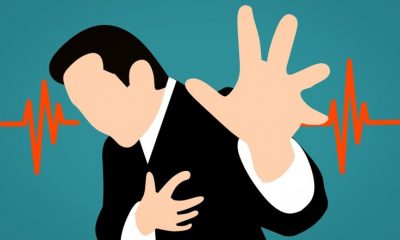Many people opt for C-section births these days leading to a debate about whether vaginal births are better than C-sections or vice-versa. A new study has added a point in favor of vaginal delivery.
The study, published in the Australian and New Zealand Journal of Public Health, has found that Australian children who were born via C-section (caesareans) are at a higher risk of developing cardiovascular disease (CVD) and obesity.
The results have sparked fresh debate in the medical community and the public and have added to the growing chorus of putting a stop to this widespread practice.
While talking about the rising epidemic of C-sections, co-author Dr. Tahmina Begum from the University of Queensland said, “C-section births have risen across the world with a disproportionately higher rate in developed countries. In Australia, the C-section birth rate has increased from 18.5% in 1990 to 36% in 2019 and nearly half of Australian babies are projected to be cesarean born by 2045.”
Researchers studied data of 1,874 subjects from the Longitudinal Study of Australian Children and analyzed the link between children delivered by C-section and health outcomes.
The results made a significant connection between caesareans to cardiovascular diseases.
“Four out of six individual CVD risk components and the composite index of the five CVD risk components showed a positive association with C-section birth. Our study also provided a direct relationship between C-section and increased overweight and obesity among children at 10–12 years of age,” said Dr. Yaqoot Fatima from James Cook University’s Murtupuni Center for Rural and Remote Health.
Dr. begum has a plausible explanation for this connection. “There’s an altered microbial load from C-section birth as compared to vaginal birth. This altered microbial ecosystem hampers the ‘gut-brain axis’ and releases some pathogenic toxins that cause metabolic damage,” she explained.
She also said that the stress on the fetus on account of physiological or pharmacological induction of labor during a C-section may also play a role.
CVD is a problem that may turn fatal and has repercussions on medical expenditure.
“In Australia in 2020, around 26% of deaths per year in the adult population were as a result of CVD. Globally, the chronic disease spectrum of CVDs costs trillions due to health service-related expenditures and loss of economic productivity,” Dr. Fatima said.
The study offers an insight into health care policy review and a path to chronic risk reduction.
“Growing rates of C-sections conducted for non-clinical reasons is a major public health concern that calls for a reduction in the rate of unnecessary C-sections and their associated human and economic costs,” Dr. Begum concluded.
















